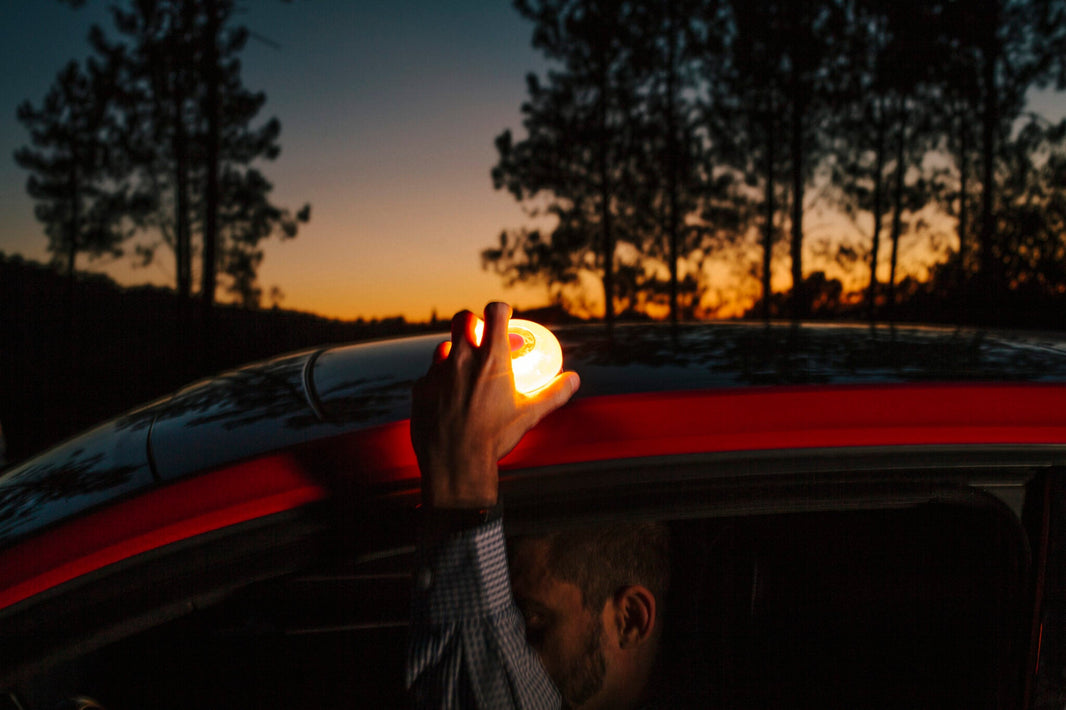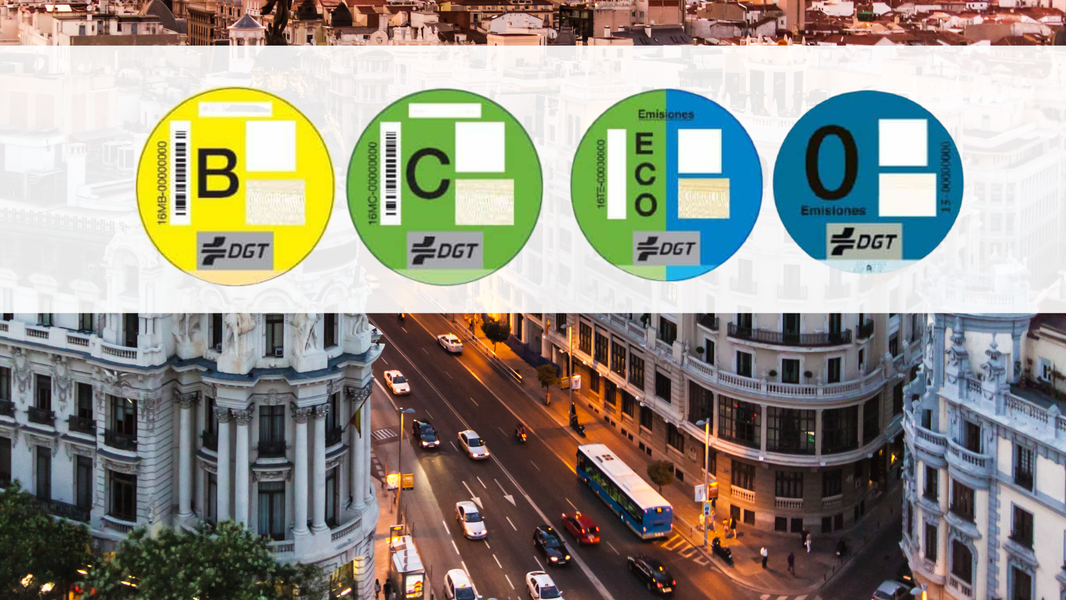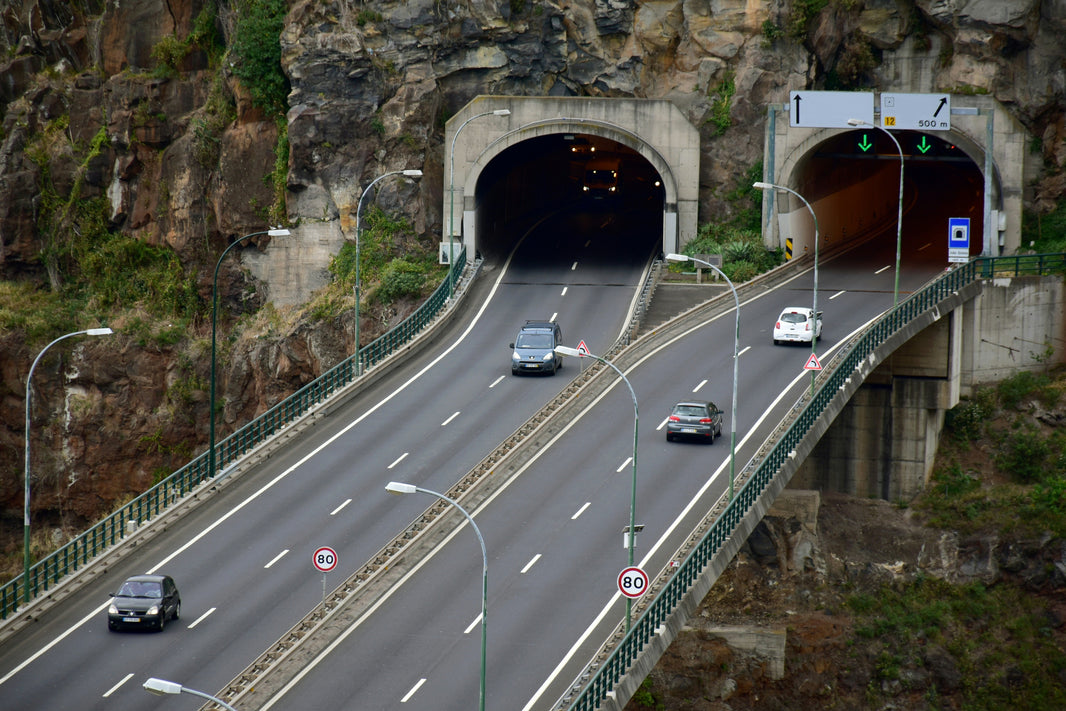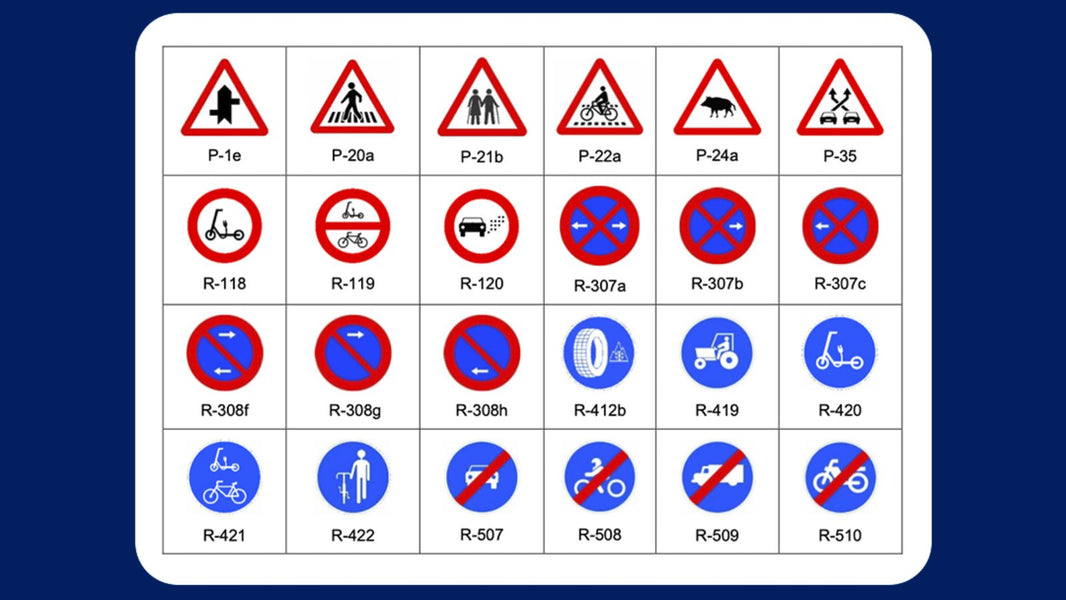PHOTOGRAPHIC ROAD TRIP: AUTHENTIC AMERICAN TRADITION
It's impossible to imagine the United States without its highways, those veins and arteries that crisscross a vast and diverse territory. Through many road photographs, we've come to know a country not only made up of landscapes and large cities, but also gas stations, neon lights, motels, bikers, rural areas of Big Sur, factories in the north, towering skyscrapers in the east, and giant waves in the west.
Road photography is almost as American as a good hamburger brimming with ketchup and bacon. It's inextricably linked to the advancement of the automobile and the leap from professional to amateur photography thanks to the 35mm film Kodak released in 1888—remember that legendary slogan "You press the button and we do the rest." But perhaps the true photographic journey began in 1906 with the Photo-Auto Guide collection of illustrated books, an innovative and surprising publication that replaced conventional maps with hundreds of photographs taken from the perspective of the person behind the wheel. Drivers could thus preview, before embarking on their journey, images of the route and every road and intersection that awaited them along the way.
Does this idea sound familiar? You're on the right track. Photo-Auto Guides are direct precursors to the network of images that today make up Google's generous catalog of Street View. However, long before macro search engine algorithms, a group of intrepid photographic explorers took to the pavement to explore the American heartland on the open road. Although road photography was born as a concept in 1959 with Robert Frank and his iconic book The Americans , the tradition had already been started years earlier, in 1938, by Walker Evans . These two would be followed by many others, such as Ed Ruscha and his gas station trips, Inge Morath on that legendary route to San Reno, the miles and miles of Bernard Plossu , and those unusual places that Stephen Shore showed us from the shoulder of the great American expanse.
PHOTOGRAPHIC TRIP ALONG SPANISH ROADS
However, there's more to the photographic world than just the American roads. If we stray from our national highways, secondary roads await us, winding through mountains, cliffs at the edge of our window, or endless stretches of road that confirm just how wide Castile really is. Any of these snapshots would immediately fascinate James Rhodes himself, although let's not kid ourselves, when it comes to something patriotic, James is easily captivated. Let's look at some of the most photogenic routes on Spanish roads.-
Alpujarra Route
The Alpujarra is a region of contrasts dotted with valleys, ravines, springs, and white villages. Our proposed route begins in Lanjarón, accessible from the A-348, and ends in Trevélez. Along the way, there are dizzying roads and landscapes perfect for burning through film and film—or leaving your phone battery at 0%—with obligatory stops in Órgiva, Sorpotújar, Pampaneira, Bubión, and Capileira. From there, if we take advantage of the momentum, we can descend to that earthly paradise known as Cabo de Gata Natural Park. Such is the seductive power of this route that for decades it has captivated writers, musicians, and artists, even the great Joe Strummer, who spent long periods in the area . So, there's nothing like listening to The Clash's "Spanish Bombs" or any other track from their discography between photos from the viewpoint. -
Photographic trip through the province of Cáceres
Traveling through Extremadura by train may not be the best option, but aboard any other mode of transportation, it's well worth it. The trip can begin in Trujillo, known as the birthplace of the conquistadors, from there we can visit the Monastery of Guadalupe and, of course, make a stop at Monfragüe National Park, where we'll spot those black vultures Extremoduro spoke of. It's also essential to stop and explore the Jewish Quarter of Hervás, capital of the Ambroz Valley. And for those drivers who prefer less curves and more landscape-watching, the Jerte Valley, from Plasencia to Tornavas along the N-110, will offer some magnificent snapshots. What soundtrack should you choose for this trip? Any Robe song will do, but nothing beats starting the journey with the iconic Extremadura. -
From Santander to Gijón
Between seafood platters and cachopo, there are endless curves on charming roads from which you can almost touch the coast with your fingers. The A-8, also known as the Cantabrian Highway, is a wonderful panoramic road, but even more striking are the N-634, N-621, and N-625. Rodrigo Cuevas's "Muiñeira para a filla da Bruxa," blasting loudly in your car, will make you feel more northern than the entire Stark family combined.
TIPS FOR GOOD ROAD PHOTOGRAPHY
But if what you really like about road photography is pure asphalt – who needs dreamy landscapes and charming towns when you can contemplate that endless gray snake that crosses the terrain? – we are going to be generous and tell you some of the best-kept secrets for achieving the perfect road photo .- Take advantage of slow exposures at night or during the blue hour. This way, you'll achieve that endless trail effect left by cars.
- Look for bridges that cross the road and try to get the best shot from there.
- Try not to block the road and show as much width as possible.
- Never despise a sunset, even if you've seen it on your computer's desktop background.






